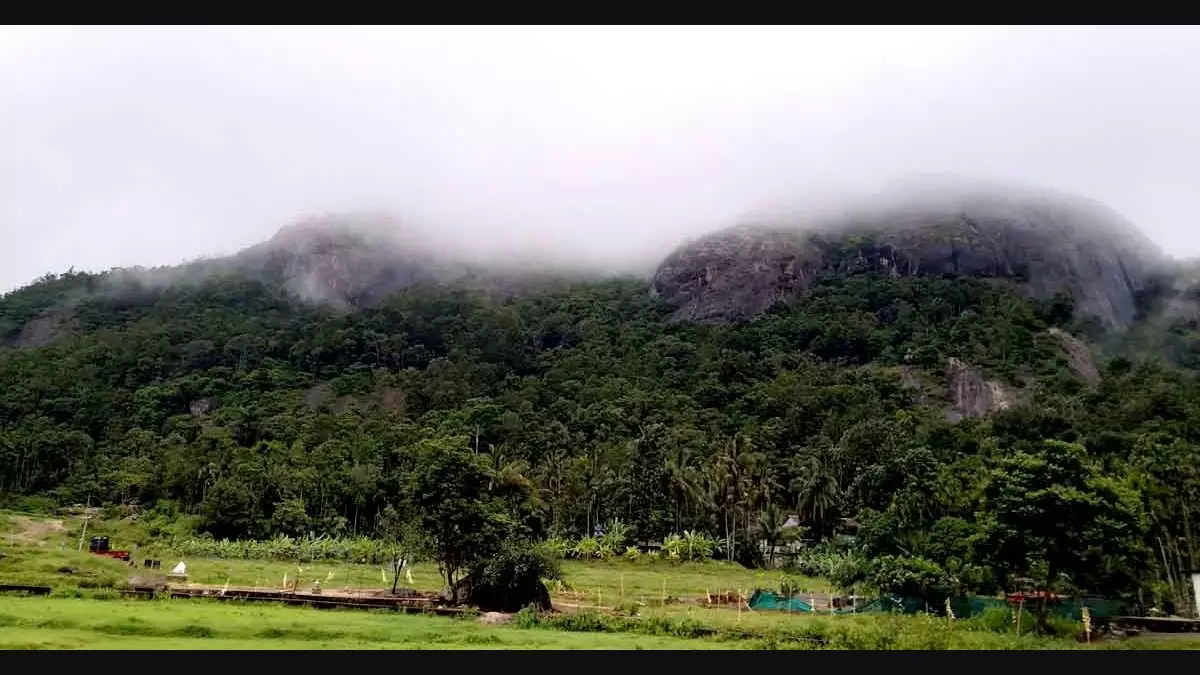
Buffer zone: state government needs to be firm in position
text_fieldsLegislation related to forest, wildlife, and environmental protection and concerns over the livelihood of forest border dwellers has been a constant source of tension in the hilly areas of the country for over a decade. Considering the seriousness of the matter, the government should have been able to understand the contemporary realities and take correct positions without treating the environmental protection and the agricultural and social life of the people as contradictory binaries. Given that the Supreme Court had issued an order that leaves no room for doubt on June 3, the subsequent satellite survey led to clouds of unrest because it proved how complacent the government was in creating the current situation.
Also read: Ready to shed blood, Kerala bishop warns strong protest over buffer zone
The ambiguities in the map report prepared by the satellite survey corroborated the fear that the Kerala government's report to the top court in January will destroy their livelihoods. Baffled by the verdict of the Supreme Court, the people of those regions took to the streets in fierce protest. However, it is comforting that now the government, realising the gravity of the situation and protest, has quickly moved to a conciliatory gear. As a result, several decisions have been taken. The map submitted by the state to the Centre in 2021 will be published. If there is additional information to be included in the map, an opportunity will be given to submit them. A panchayat level field survey will be conducted and the Supreme Court will be approached for more time to submit the report. The five-member expert committee chaired by Justice Thottathuil B. Radhakrishnan will have its tenure extended for another two months to achieve all this.
In 1995, E.N. Godavarma Thirumulpad began a legal battle by filing a Public Interest Litigation to protect the Nilgiri Forest. That combined with the mining going on without any restrictions led the Centre to the inevitability of protecting the forest area of the country. Subsequently, as per the National Wildlife Action Plan (2002-2016) notification issued by the Union Department of Forests, Environment, and Climate Change, areas adjacent to national parks and wildlife sanctuaries were called buffer zoning. Governments were not interested in the scientific mapping of forest boundaries because of the negative effects of large-scale mining. Finally, the Supreme Court ruled without hesitation in its verdict against quarrying in Rajasthan's Jamwa Ramgarh Sanctuary that at least a one-kilometre reserve zone must be set apart around all National Parks and Protected Forests in the country. It was ordered that if the government's earlier report suggested that the reserve area should be more than that, then they should be kept the same. With this, the states have been forced to quickly determine the buffer zone and prepare its map and submit it to the court.
Also read: Congress says will initiate strong protests on buffer zone issue as taken up against SilverLine
In the buffer zone, forest conservation laws take precedence over revenue laws. Naturally, the core of the agitation in the hilly areas is the apprehension that even basic needs such as construction activities, land classifications, movement of people, and commercial activities will be denied based on the Forest Rights Act. There is no doubt that the impact of this will be severe in Kerala, where the population density is twice the national average and more than 29% of the land area is forested. However, it should also be remembered that none of the environmental legal battles, including that of the Goa Foundation, was against the farmers or the poor. All of them called for a stop to the destructive environmental activities carried out by mining and quarrying capitalists and the bureaucratic 'corporate capitalists' who sell the forest. The government's serious failure to protect the environment has led to legislation that has a detrimental effect on the people of the hilly regions. Therefore, strict restrictions on quarries, mining and crushing units (including the existing ones), hydropower projects, and polluting industries in environmentally sensitive areas are essential for the healthy lives of future generations. All the same, he impact of declaring a densely populated place as environmentally sensitive overnight through unscientific mapping needs to be eliminated. Scientific buffer zone mapping is the solution. The government needs to have a firmness of position of not implementing other interests under the guise of people's concerns. The government should also prepare a proper buffer zone map and get it approved by the Supreme Court.























